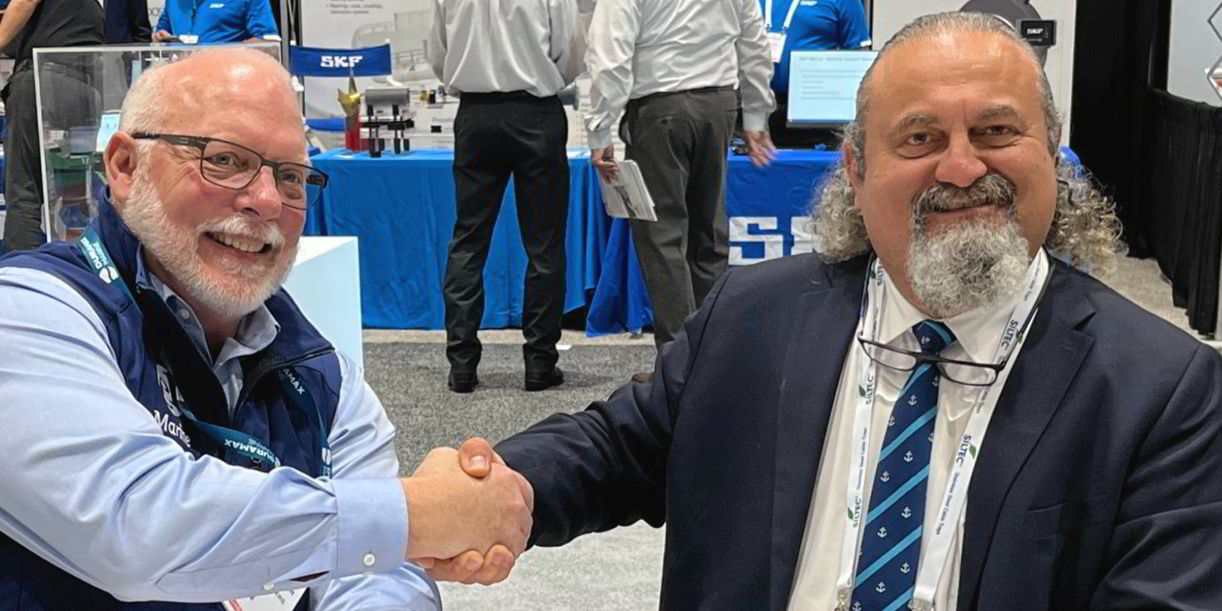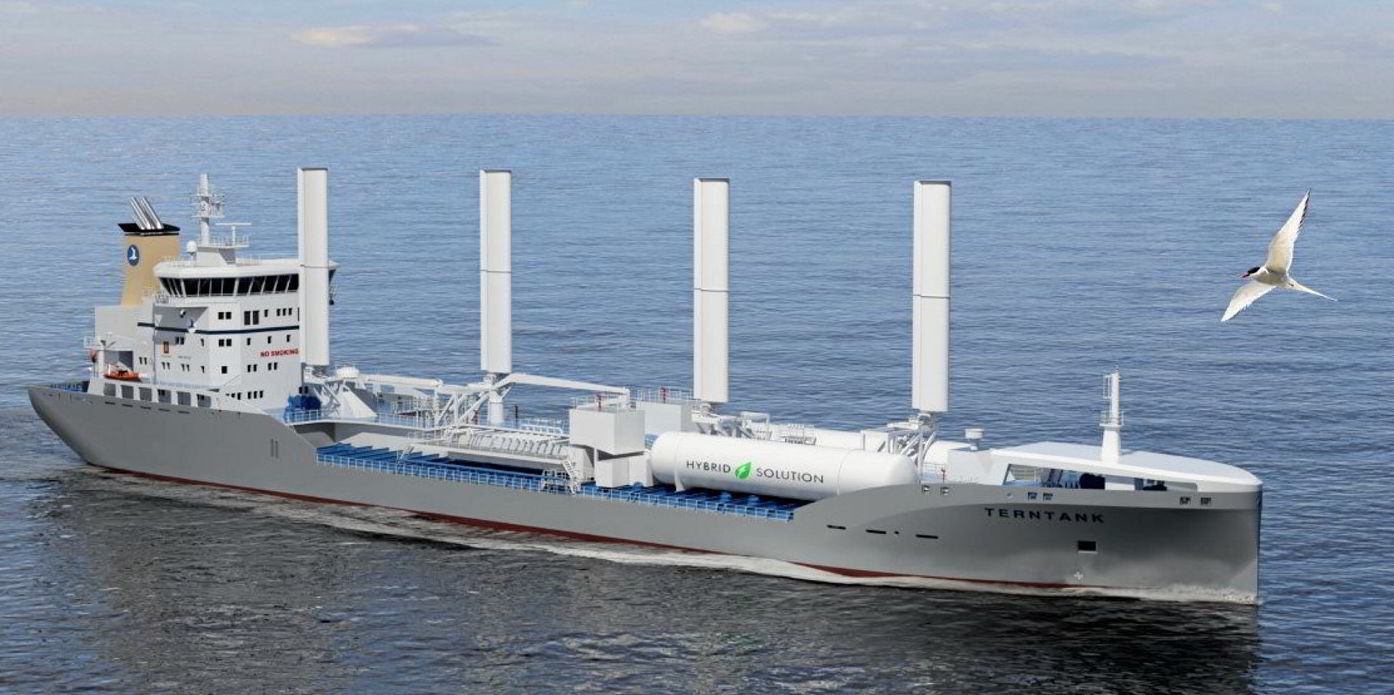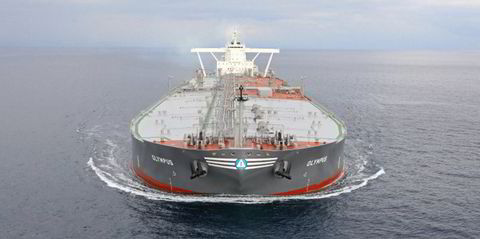Decisions by the European Union (EU) to include shipping and methane in its Emissions Trading System (ETS) makes the decision to opt for all low-carbon alternative fuels stack up, according to classification society DNV.
In its monthly note on fuelling uptake, DNV Maritime Advisory business principal consultant Martin Wold said: “With the preliminary agreement at the EU last week that shipping will be included in EU ETS starting from 2024, all low-carbon options now makes even more sense.
“Methane emissions will also be included, so methane slip from engines will come under even greater scrutiny,” Wold added.
According to DNV’s latest figures, which are logged on its Alternative Fuels Insight platform, 17 LNG-fuelled vessels were added in November with container vessels and car carriers constituting nearly two thirds of the orders.
DNV said the total order figure for LNG-fuelled ships for 2022 to date has now reached 203.
The class society details that there are currently 857 confirmed existing and on-order LNG-fuelled ships
This is despite very few existing vessels bunkering LNG this year as prices have proved prohibitively high.
Of the newbuildings container ships account for the biggest total by sector with 176 vessels on order, followed by car carriers with 106 ships and 52 bulkers. Some 77% of all LNG newbuildings are for global operation.
But the class society also logged the rise of methanol-fuelled vessels which now stack up at 35 vessels for the year to date.
Of all the newbuilding contracts in 2022, DNV said 69.8% have been for conventionally-fuelled vessels.
Breaking down the alternative fuelling types, it said 17.6% have been for LNG-fuelled ships, 12.1% for vessels that will be able to use methanol and 0.5% for vessels that can use LPG.






